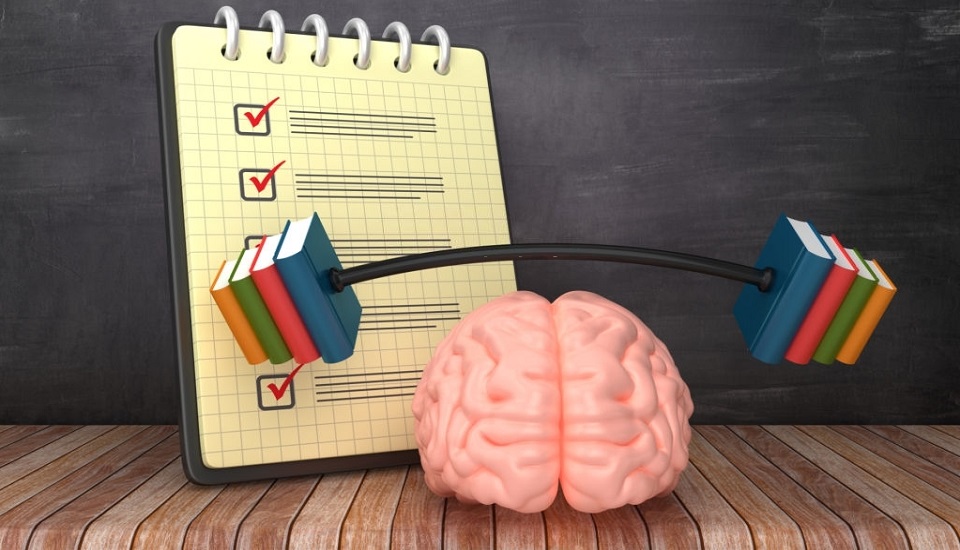The connection between Neuroscience and education is vividly evident. Understanding the applicability of Neuroscience in the classroom can be anchored from how our brain works when it comes to learning. This can allow the teacher to be more effective in adapting to learning approaches. Starting from how memorization works to using teaching strategies that keep the student engaged throughout their lessons – all in all, combining research in educational theories can bring holistic and practical approaches, especially in early childhood education for learning and teaching.
What is Neuroscience!
In short, Neuroscience is the study of the brain how the nervous system works. Human brains are considered “plastic” – as it constantly changes and everything we do physically shapes the way we think and act. Our brain can even adapt to environmental changes and uses our memories in accordance with that. It is referred to as neuroplasticity.
In Education neuroscience looks at how our understanding of the human brain can influence the curriculum, instructional, and assessment decisions that teachers make on daily basis. It provides educators with an opportunity to reflect on what has been practiced so far and how it can be improved to have an impact on their educational practices in effective ways.
Neuroscience & Education
- The educational field is an ever-changing industry. The approaches, techniques, and strategies that are used while teaching is often from research-based studies. To understand what works in the classroom, teachers are always using new and innovative ideas. Effective teaching and using approaches for practice can be a trial and error method. To understand which strategy works better and how strategies fit into the classroom, the implications of neuroscience are far wider.
- Improving teachers' performance in creating a better learning environment for the children, educators can use research-based neuroscientific findings. Integrating research in the classroom can be used as the foundational knowledge to prepare more innovative teaching approaches in the classroom.
- Neuroscience can especially be effective for special educators. for instance, a well-trained educator can easily identify students with learning disabilities. This can make it easier to provide intervention to help learners with their academic and skill development. When teachers understand every brain is unique and each different learner’s processes information differently, it can help the teacher to use individual approaches to teaching to ease out their learning process. With such a deeper understanding, the teacher can be more supportive of the students with behavioral issues.
- In a technology-driven time, it is essential for students to feel connected to their curriculum and their lives. Planning classroom materials that support cognitive exposers such as sense and meaning can affect long-term memorizing of the subject matter.
Conclusion
Teaching itself is a work that is based majorly upon brain function. Effective teachers can discover through their experience what strategies to use in the classroom and how to implement them. This can be done when there is a deeper understanding of the how’s and whys of strategies. Undoubtedly, cognitive neuroscience can provide the whys. This enables teachers to be much more expert in applying their instructional strategies in the learning environment. To have early childhood educators who really understand the implications of brain-changing neuroplasticity can create a classroom that is both holistic and scientific. Early Years Care and Education can help develop how child psychology works in education. Integrating neuroscience and education is definitely a futuristic idea that can prove to be a blessing.
Written By : Aditi Radhakrishnan



